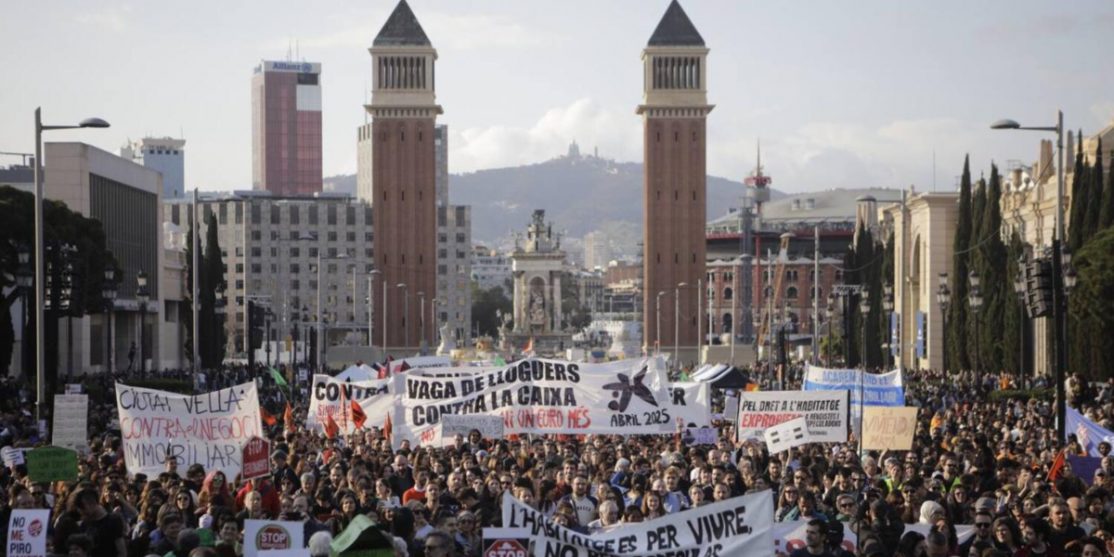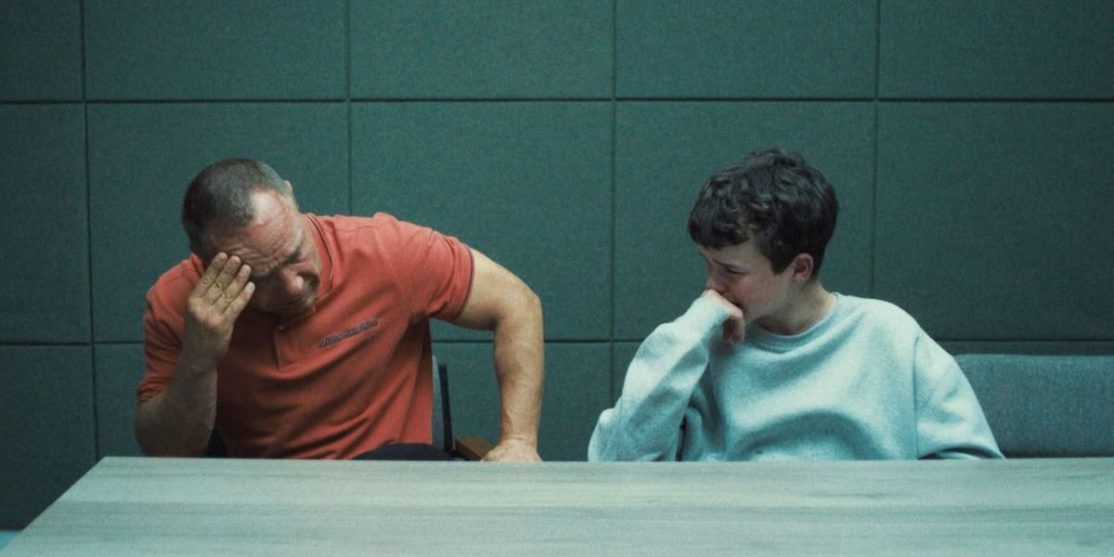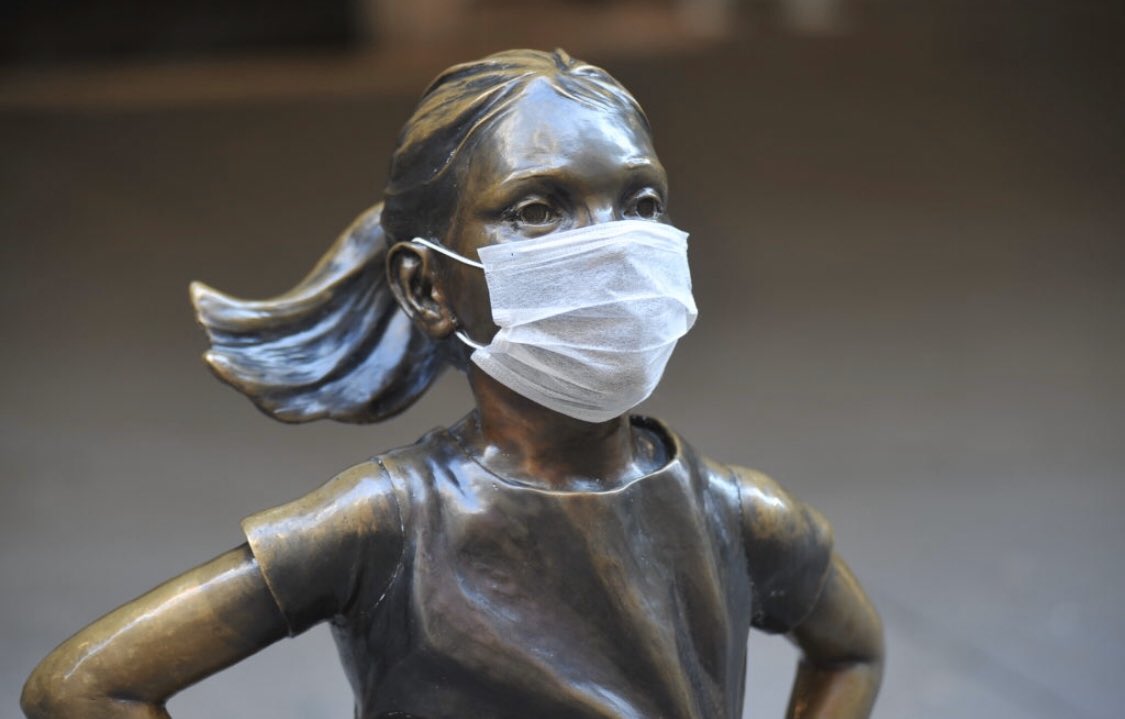EDITORIALE
Wartime economics and post-pandemic battles
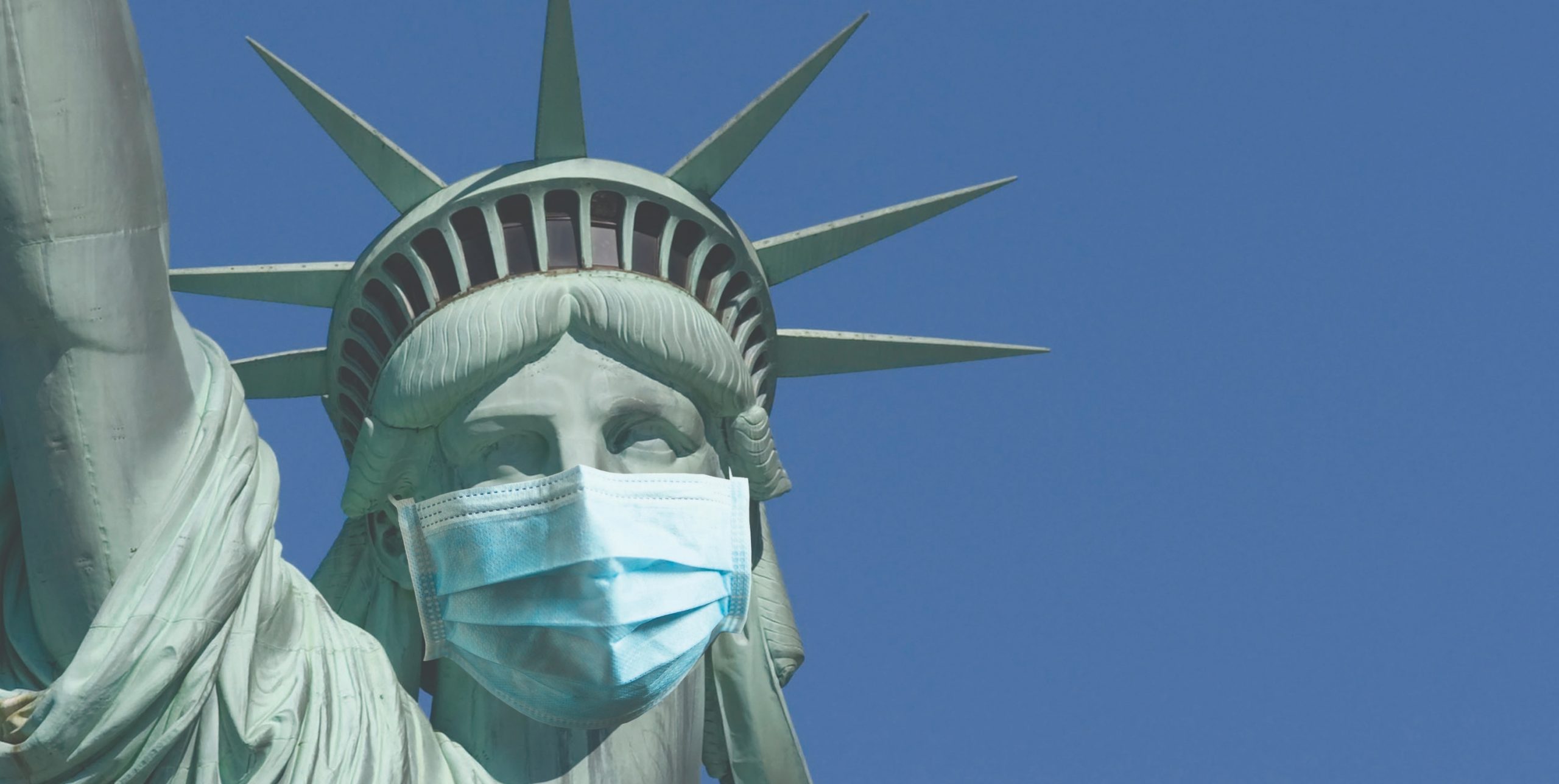
The relentless recourse to the language of war to describe the public health emergency seems to signal a shift in mainstream economic debate. In this interregnum, current and future battles could play a decisive role
In the midst of the Covid crisis, nothing seems as pervasive as the language of war; military rhetoric unites economists and politicians of all stripes. It’s difficult to find someone who hasn’t alluded to war at least obliquely — first of all in the introduction of social distancing measures, and then in preparing people for the bitter consequences of economic recession that are about to unfold. To realise the depth of the emergency, present and future, there’s no doubt that the two world wars are the only ‘total social fact’ that it’s possible to fish out of the tank of collective memory. We’ll need to carefully weigh up the implications of the relentless references to war by those who move the levers of economic and political power. At first glance, it seems that they function to shape social expectations towards a horizon marked by a severe reduction in quality of life, a shortage of resources and a militarisation of public space. Further, war metaphors — especially those that speak of an ‘invisible enemy’ — push towards a representation of the social body as homogenous and without internal difference.
But there’s maybe something more. The mobilisation of a wartime imaginary seems designed to force a break with that sense of familiarity that for more than ten years the word ‘crisis’ has accustomed us to, and it’s for this reason that the ‘crisis’ we’re living through doesn’t simply follow those that came before, but grafts itself on top of them, radicalises them, and changes their nature. Crisis as a sort of permanent social control that endlessly defers the moment of its resolution gives way to the imaginary of catastrophe, to the collective perception of threats to the community. Not the temporary interruption in the continuity of the system, but rather its capacity for reproduction and global sustainability. We mustn’t forget that this deferral was already at work a good while before this pandemic emergency.
Feminist movements witnessed it, as did climate justice movements, as did recent uprisings across the world which, from France to Chile, show just how much the terminal nature of neoliberal capitalism has threatened the very conditions of everyday life. But it was also witnessed by economists who debated the need to resort to non-conventional measures to escape from ‘centuries long stagnation’. Though the pandemic has now exhausted the pre-existing arsenal of rhetoric and institutional responses from previous crises, we see the typical unburdening of systemic inequalities onto debt and individual responsibility, making it seem impossible to suggest that society might be guilty for market failures. The difficulties faced by contemporary neoliberals demonstrate the current impasse, as they try to bring back the imposition of workfare-type conditions to support the income of the poor and provide bailouts to help States facing economic difficulties from the crisis. The recourse to the rhetoric of war and wartime economics is therefore also indicative of a change in the paradigm of crisis as an art of governance.
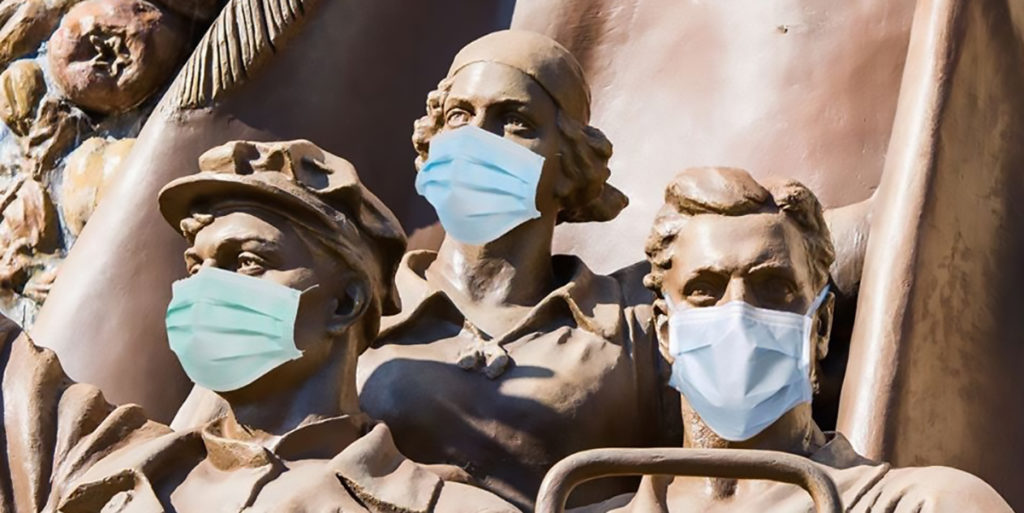
The Interregnum of “Dismal science”: towards a new consensus?
If we look just at ‘mainstream’ economists, it’s easy to identify a twofold increase of references to war. While on the one hand, war is a valid example in economic history of a ‘non-cyclical’ or ‘symetrical’ shock that affects all components of aggregate supply and demand, on the other, by Italian economist Mario Draghi’s own admission, its unpredictable nature justifies ‘a change of mentality’ in dominant economic thought, hinting at the necessity of economic policies that can respond to the ‘problems of reconstruction’.
The strong return of fiscal policies to orthodox economists’ toolkits is by now a given, after public spending and taxation were considered useless and harmful in the Great Moderation period (from the second half of the 1980s until the crash of 2007). To take a few (but important) examples: Edmund Phelps, American economist and Nobel prize winner 2006, one of the first New Keynesians, recently declared the timeliness not only for increased public spending but for state interventions on a large scale “in how our economies produce and distribute goods and services”, evidencing the need for a shift in the functions of the State. Kenneth Rogoff, one of the principal economists of the IMF between 2001 and 2003, stated that concerned countries should commit to huge deficit spending to support their economies. Mario Draghi, former President of the European Central Bank, in a dense article in the Financial Times wrote that in such circumstances the State’s role is to ‘distribute its own budget to protect citizens and the economy from shocks that the private sector isn’t responsible for and cannot absorb’. Draghi added that the expansionary monetary policies of the Central Bank must align with governments on public spending so as to save businesses from bankruptcy and safeguard employment rates, taking on the role of guarantor for bank loans to businesses, in addition to promoting specific investments. Activities that inevitably will carry with them increased public debt, compensated by a reduction in private sector debt. He warned, furthermore, that without such policies there would be ‘a permanent destruction of productive capacity and so also of the tax base’, including a cascade of new instabilities in the financial economy.
Neoliberal economics from various theoretical traditions seem to tell us that we’re right in the middle of an economic landslide. A sort of ‘interregnum’ of bourgeois economic thought; a still shifting redefinition that nevertheless seems to point towards an unprecedented hegemony. A fall that’s taking place obviously not in the abstract realm of ideas, but against the background of geopolitical and geo-economic conflict between the USA, China and Europe, and within Europe itself, between the ordoliberal Germans and their surrounding States and the countries of the South, in the arena of corona bonds and risk sharing between States.
In a well-known article from 1972 — The Second Crisis of Economic Theory — Joan Robinson outlines a framework for hegemonic cycles of economic theory in relation to the cyclical crises of capitalism. Beyond important theoretical questions that the English economist acknowledges in her essay, she dates the first crisis back to the 1930s with the crash of laissez-faire, supporting Keynesian consensus. The second crisis, on the other hand, arose in the 1960s, in the proving grounds of neoliberalism. Robinson’s theories, alongside those of other heterodox economists, are useful in alerting us to the fact that we are probably in the middle of the third crisis of economic theory.
One could reasonably object that even before Covid-19, following the global financial crisis, the warning signs were already there. From Larry Summers’ reflections on a ‘century long stagnation’ to the reconsiderations of Olivier Blanchard, Chief Economist of the IMF, that some while ago pushed for the recovery of public spending. We mustn’t overlook either the consensus generated around a general ‘Green New Deal’, supported by various New Keynesians, also a result of the pressure of global ecological movements. The point, however, is that it is only now, in the midsts of Covid, that the emphasis starts to be not exclusively on the role of expansionary monetary policies, but much more profoundly, on the new functions that the State will have to assume in order to put in motion an unprecedented ‘engine for growth’ after the crisis of the ‘privatized Keynesianism’ of the 1990s and 2000s.
What is certain is that no potential hegemonic shift in economics happens in a vacuum. In Workers and Capital, Mario Tronti explained that behind the Keynesianism of the ‘Progressive Era’, there were the huge American trade union battles of the 1930s, later conceptualised in Cambridge University, and so it was that the second crisis of economic theory was reflected in the upheaval of social relations towards the end of the 1960s.
Therefore, the potential ‘third hegemonic crisis’ refers to that area of tension opened up by recent global battles and which could potentially reopen as mainstream thought and governments start to consider possible ‘reconstructions’.
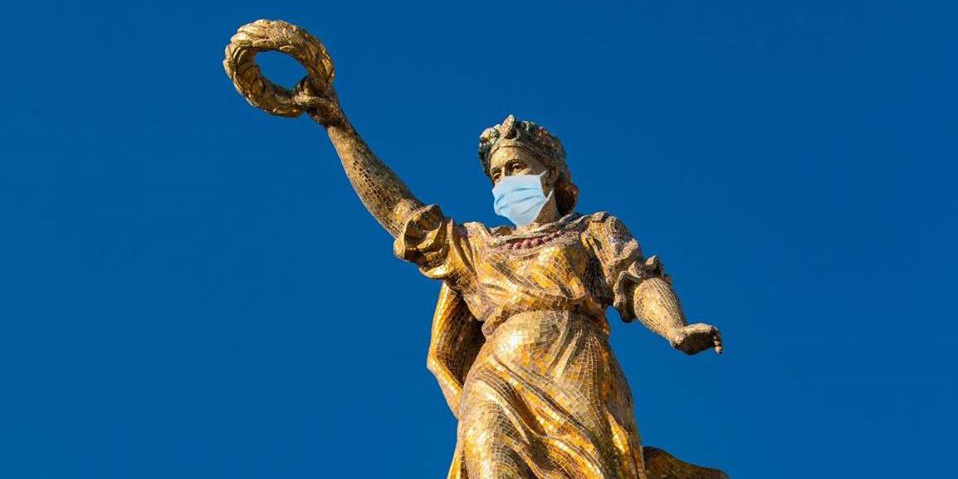
Wartime economics, reconstruction and reconversion
In recent times, the use of the imaginary of war has brought with it an overwhelming call for reconstruction, when society will put down the foundations of a new economy in the ruins left by conflict.
In his book, The Great Leveler, recently released and much cited, the historian Walter Scheidel shows how the period of the two World Wars in the last century constitutes one of the most powerful examples of social levelling in human history. The two World Wars contributed to this extraordinary result, however, in different ways. All the warring States had to exert a huge effort to finance the costs of war: in a large part, this process was supported by state requisition of significant proportions of GDP and ‘borrowing money, stamping banknotes and cashing in taxes’. During the First World War, however, the fighting countries responded to this common need by balancing these strategies in different ways. While the United States and the United Kingdom relied mostly on the tax system, emphasising progressive taxes — being able to draw on higher salaries, thus giving rise to a sort of ‘conscription of wealth’ which was useful for compensating, in the public eyes, the massacre of working class masses in the trenches — Germany and Russia largely preferred to borrow money or print more. In Germany in particular, insufficient recourse to taxation to protect the salaries of the industrial elite did not produce significant reductions in inequality, rather, it increased the income of the highest earners. As has been noted, this expansionary monetary policy and protection of capital income was followed by the hyperinflation of successive years, leading to revolution and the subsequent reaction of Nazism.
In any case, the First World War did not radically change the structure of social inequality. It was with the end of the Second World War that this effect came into place: the enormous destruction of capital produced by the war combined with the continuation of strongly progressive taxes to pay for the military effort in the following period were the conditions that allowed for an extraordinary levelling of income. However, the step from a simple policy of ‘requisition’ to an effective policy of ‘redistribution’ only happened because of a much more radical transition. From the 1930s, indeed, many Western countries were wage based societies, the system of social laws and mechanisms for the transfer of wealth centred on the figure of the waged labourer that States adopted to hinder the growing power of the organised labour movement and to ward off the wave of communist revolution.
The history of wartime economics and post-war ‘reconstruction’ signals that the new role of the State in economic dynamics does not necessarily imply any transformation, nor does it necessarily give rise to democratic or redistributive outcomes. For this, we need a network of resistance, able to drive for something more than reconstruction: for a reconversion.
A glaring example is provided by the problem of the refinancing of Welfare institutions that today many refer to. The last forty years have been marked by huge spending cuts — including in the health sector. Much more significantly however, there has been a functional readjustment in public spending in favour of new social productive norms in social reproduction institutions: the interventionism of the neoliberal state has made Welfare work to the logic of economic competition, making workers precarious, resorting to processes of externalisation and privatisation, cutting costs to maximise profit from individual operating divisions, adopting a managerial logic and a prizing of control of the workforce typical of the private sector, making full use of New Public Management ideology.
The insistence on the role of deficit spending proposed by heterodox economists by no means heralds a new Progressive Era. The discussion of resumed public spending immediately raises related arguments about its direction and function, outlining a separation between those who, like mainstream economists, call first of all for the rescue of business and residual welfare, and those struggling, who start to suggest quite alternative necessities.
Post-pandemic horizons
Future conflicts are already brewing within those currently underway. While sequential political leaders launch appeals for ‘unity’ in the war against the ‘invisible enemy’, new fault lines are emerging. The pressure of public opinion organised online has forced governments — even those initially more reluctant for a lockdown — to adopt drastic measures to protect society, supporting workers struggling for the extension of a complete block to productive activity to defend public health. Campaigns for universal benefits systems in more and more countries are putting in question the iniquity of social protection systems. The rising protests of health workers show how behind the rhetoric of ‘our soldiers at the front’ are the disastrous conditions of a precarious workforce and a health system weakened by the policies of rationalisation.
This ‘mystery’, already unveiled by the feminist and climate movements of recent years, shows how the vaunted ‘return of the State’ is in reality a mystification of social reproduction’s place in the political limelight. It is in this predicament that the current pressures protecting the public show their irreconcilable tension with the policies of the State, the same State that has reduced the public to a residual territory for the market to colonise.
The field opened by reconstruction poses, therefore, at the same time, a double challenge. The first is that of an egalitarian return of wealth to the public: the measures put in place by national governments show with a certain level of evidence the existence of structural holes in the system of social protection. The increasing convergence towards universal wage claims is the clearest demonstration of the inadequacy of the State’s tools for protecting the population’s quality of life, and the measure of the progressive dismantling of the channels of distribution of wealth typical of a wage-based society.
In the second place, the momentary increase in public spending still doesn’t say anything about its direction and function. The defence and refinancing of collective welfare institutions immediately pose the question of rethinking the hierarchical articulations of the public, the State and the market as a sign of the new centrality assumed by social reproduction. If increased public spending is not a guarantee of a redistribution of income, then neither is this redistribution a guarantee of the levelling of power towards the bottom. For this reason, the mobilisations that we’re observing seem to indicate, yet again, the necessity to rethink resistance, only now able to direct decisions in the field of ‘social reproduction’, instead of States or the reluctant European Commission, or to experiment with basic formula of mutualism, of autonomous collectives working towards reciprocal ‘care’, as is already spontaneously happening in Italy, in Europe and in the USA.
We’ve already seen how much centuries-old stagnation in the absence of policies that return wealth to the public and the maintenance of internal neoliberal norms are at the centre of the authoritarianism that has warped political systems in many parts of the world. Today, faced with a scenario that foretells the giving way of stagnation to a more likely spiral of depression, and faced with the opportunity to centralise executive power provided by the current emergency policies, the likelihood of a new anti-authoritarian wave that resolves radical inequalities in a militarised society and economy, risks presenting a much more serious threat than what we already experienced in the reactionary cycle of the 2010s.
Translated by Eleanor Chapman


